A good friend called me today, just to check I was OK, because I hadn’t posted on my blog for some time! He’s right — it’s been more than a month — but my radio silence is not because of any personal tragedy or illness, it’s just that I’ve had various other things going on and life hasn’t settled back into a rhythm yet!
The main change has been that I have a new job. The particular project I was working on at the University Computer Lab had come to a close, and I thought it might be good for me to have a change after six years as a Research Associate on various projects. I’m fortunate that Telemarq is not short of work, and so there wasn’t any immediate need for me to find another post, and I could just have done that full-time: there are definitely challenges when you have two half-time jobs and have to switch mental context every other day. But I do also find it valuable to put myself into new situations to make sure I keep learning from new challenges.
So for the last couple of weeks, I’ve been in a new post as the part-time, interim, Head of Engineering at the Digital Catapult.
The ‘part-time’ and ‘interim’ bits are because I decided I didn’t want to do a long-term London commute, and certainly not a full-time one. (I’ve been spoiled by living within walking or cycling distance of my work for most of the past thirty years.) But I offered to help out while they found somebody who wanted a permanent role, and, after a long search, they did finally find somebody good, so I had the slightly bizarre experience, on my first official day of work, of being told that they had just appointed my successor! He’ll be starting soon and we’ll overlap for a bit.
So what is this strangely-named Digital Catapult?
Well, a full explanation would be too long a story and you can read more about it here, but, briefly, it’s one way for the UK’s public funding bodies to allocate resources with the aim of boosting the UK economy, alongside such things as innovation grants for industry, and academic funding. There are several ‘Catapults’ with different foci – Transport, Future Cities, High-value Manufacturing etc. – and the Digital Catapult’s aim is to provide training, facilities, advice, consultancy, and so forth, to UK institutions to help them adopt the latest digital technologies. It employs around 120 people in the process, experts drawn from many different backgrounds and areas of expertise. I like working in unusual jobs and for unusual organisations, and I think this fits the bill!
The commuting is also an interesting exploration of how others live. I’m fortunate in not always having to take the peak-period trains, but it still astonishes me that so many people around here pay nearly £50 a day — about £10K a year — to travel to and from a crowded and polluted city, spending a couple of hours per day in a stuffy compartment, and regularly don’t even get a seat; today I sat on the floor in both directions. Perhaps you get inured to it after a while. In the meantime, the seat deprivation has happened often enough already that I’ve just ordered one of these to carry with me.
Don’t get me wrong, there are compensations: the people are mostly smart and interesting, the view from the office is great, and there are plenty of good cafes and lunch spots within an easy walk to ensure that this will have a detrimental effect on my waistline. And I’m learning a lot, which was, of course, the intention. So who knows, I may be there for a bit longer than originally intended if they find a suitable use for me.
In the meantime, that explains why, for the next few months at least, I can be found in the vicinity of the British Library on Mondays, Wednesdays and Thursdays. And why I haven’t been keeping up with the blog posts, though if I manage to find trains with seats, and even tables, I may manage one or two more…





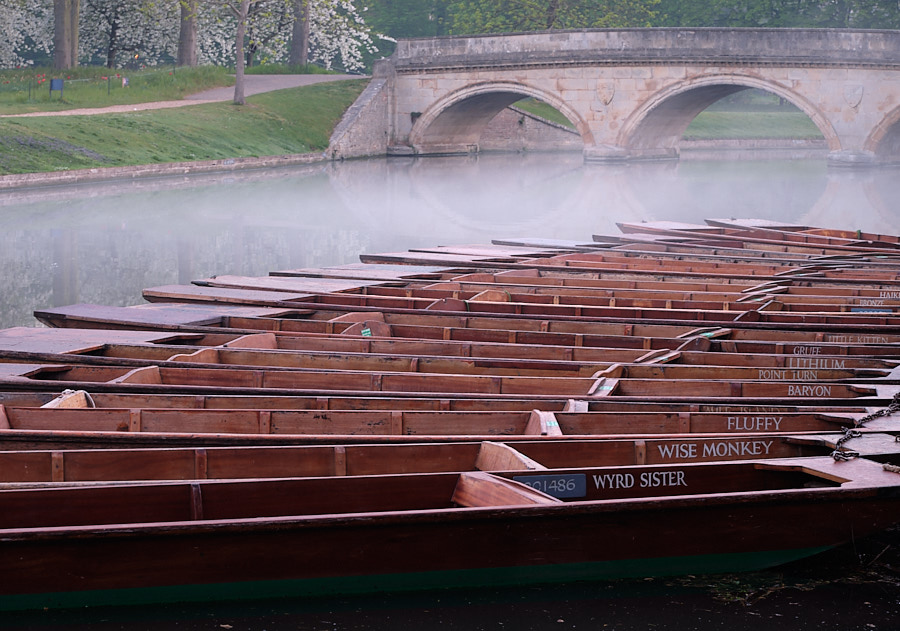

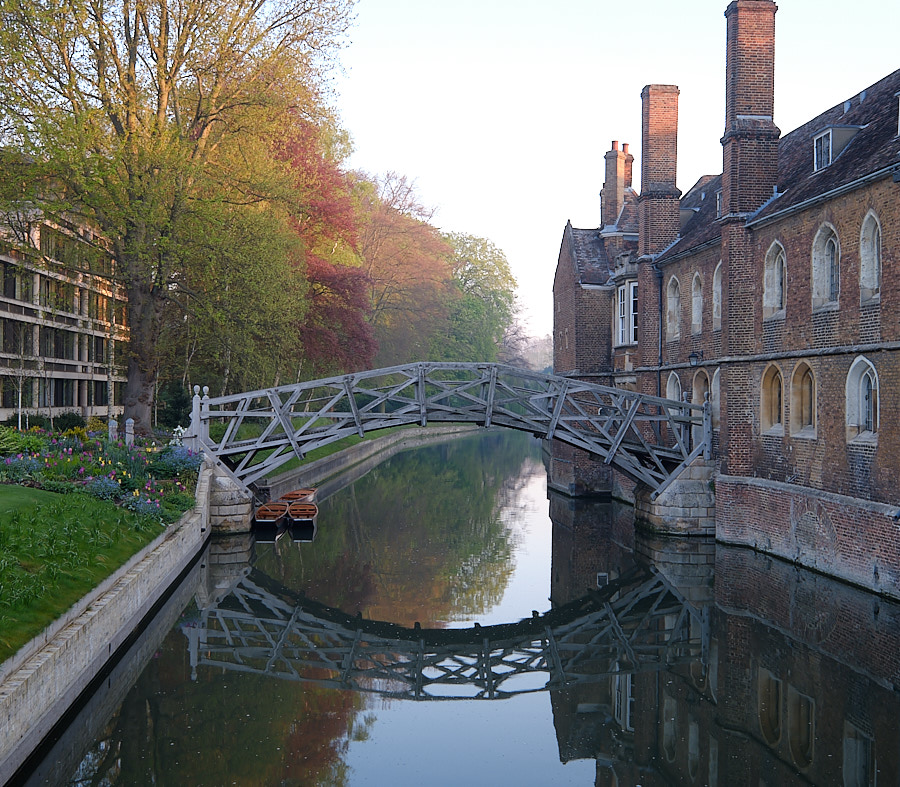

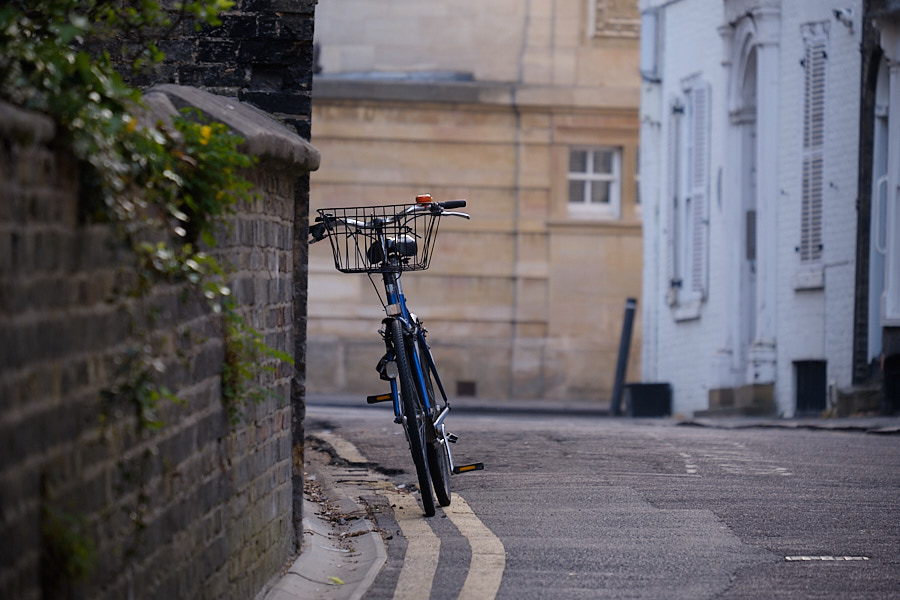

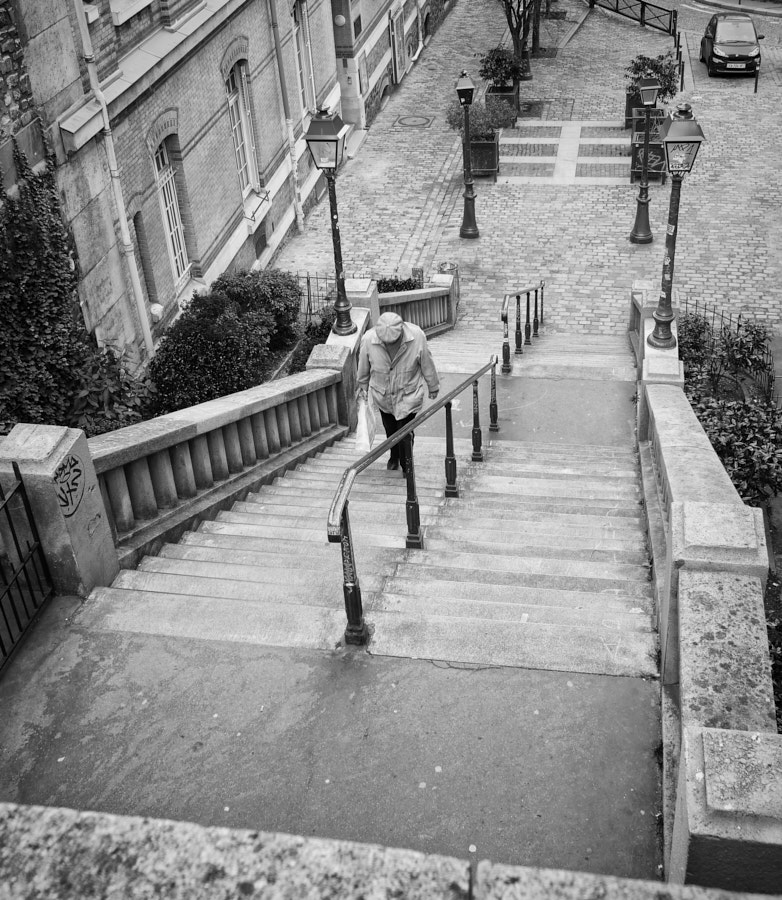

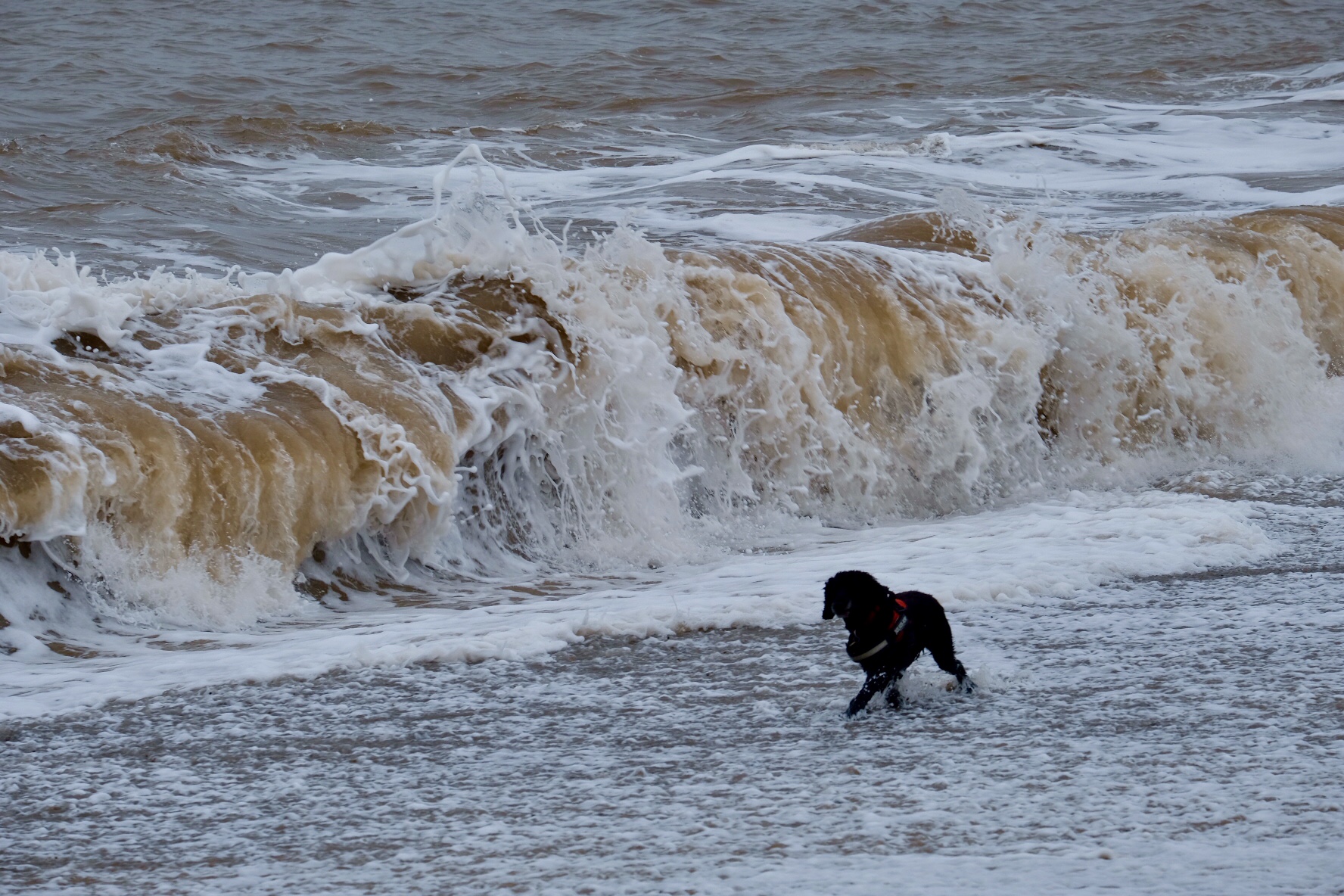

Recent Comments